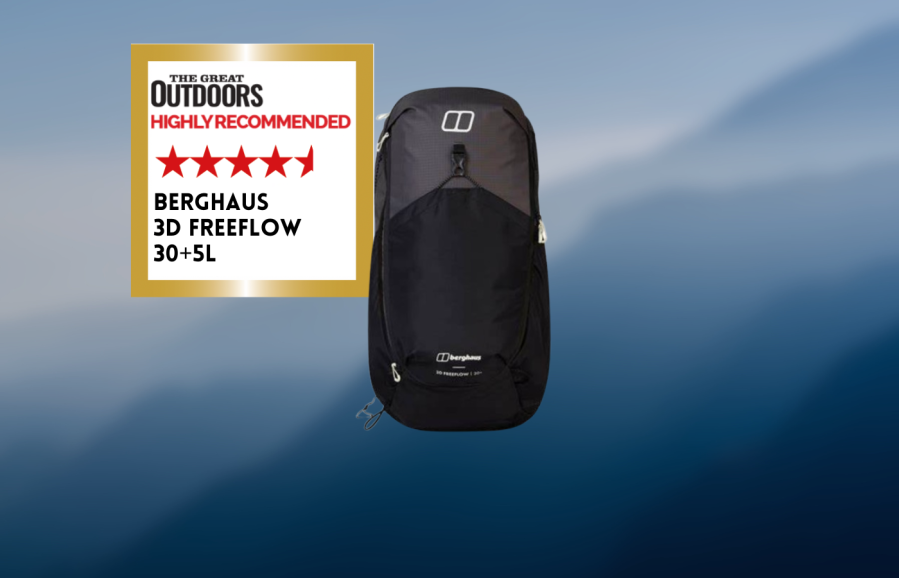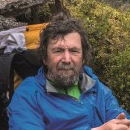The Freeflow has been a popular staple of Berghaus’s backpack range since it was launched in 1996 and was one of the first packs with a ventilated back system. There have been several updates over the years but this 2024 version is a much bigger change than any previous ones because Berghaus has set out to create a pack with the advantages of both ventilated back and close-fitting pack systems. I think they’ve succeeded.
Chris Townsend Highly Recommends
The 3D Freeflow 30+5L lives up to its claims to combine the advantages of ventilated and body-hugging packs and is an excellent day pack.- Effective back system
- recycled fabric
- Weight
- Cost
| Quick specs | |
|---|---|
| Price: £180 Weight: 1.51kg Capacity: 30-35 litres Materials: Recycled nylon with PFC-free PU membrane Closure: Zipped front Back: Flexible recycled polypropylene frame, 3D-printed space pads in the lumbar area, stretched mesh panel Hipbelt: Padded Pockets: Zipped top, front stash, two adjustable side, two zipped hipbelt, two stretch mesh shoulder strap Features: Zipped expansion gusset, side compression cords, trekking pole loops, rain cover in base Sizes: 1 Women’s/Men’s Version: no www.berghaus.com |
Ventilated back systems that hold most of the pack away from your body are great for stopping your back getting sweaty but they’re not as stable as body-hugging packs and the curved shape of the back can make packing and accessing the contents difficult. Contact back systems are much more stable and easier to pack but don’t have much air circulation so your back gets damp. I’ve always preferred these close-fitting packs however because of the stability on steep and rough ground.
To solve the problems of both back systems the 3D Freeflow has a flexible polypropylene frame that only curves slightly, a seamless stretched mesh panel that covers the whole back, and thick 3D-printed space pads in the lumbar area that hold the mesh panel away from the lower back. This system provides an air gap of two to four centimetres along the whole back and keeps the load close to the body. Because the frame doesn’t curve away from the body much it doesn’t interfere with packing or accessing the contents either.
In use this system really does work. I’ve carried the pack on strenuous ascents on damp days and my back has stayed dry. On rugged terrain it’s felt stable too. I have had some dampness under the shoulder straps and hipbelt but I guess avoiding this is just about impossible as you have to have body contact here. The bulging lumbar pads look as though they might be rather hard on the back but they do have a little give in them and feel comfortable.
The pack has an adjustable back and top tension straps, neither of which is necessary in a pack this size in my opinion. It does mean you can fine tune the fit if you want to and they don’t affect the performance.
The design is one for people who like zips as access to the main compartment is via a zipped front panel and if you need extra room another long front zip releases a gusset that gives another five litres capacity. There’s a small, zipped lid pocket and two zipped hipbelt pockets too. There are also three open-topped pockets as well plus two mesh pockets on the shoulder straps, one of which has a zipped compartment so it’s easy to organise your gear.
The 3D Freeflow 30+5L lives up to its claims to combine the advantages of ventilated and body-hugging packs and is an excellent day pack. It is quite heavy though and the price is quite high.








